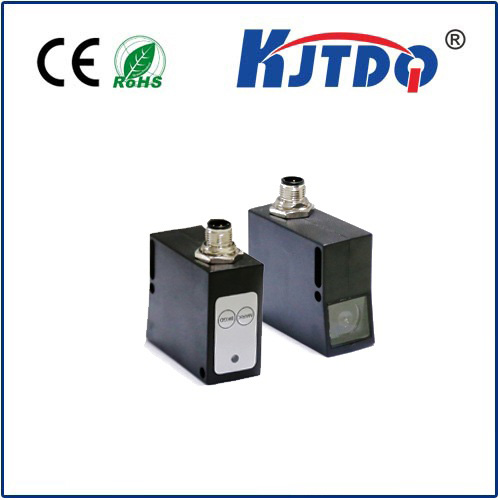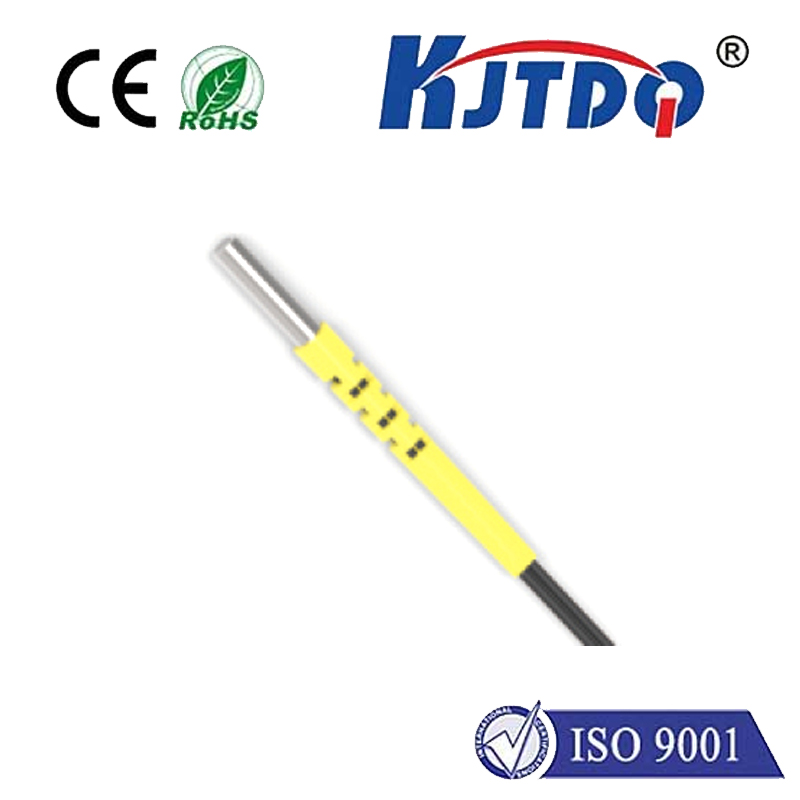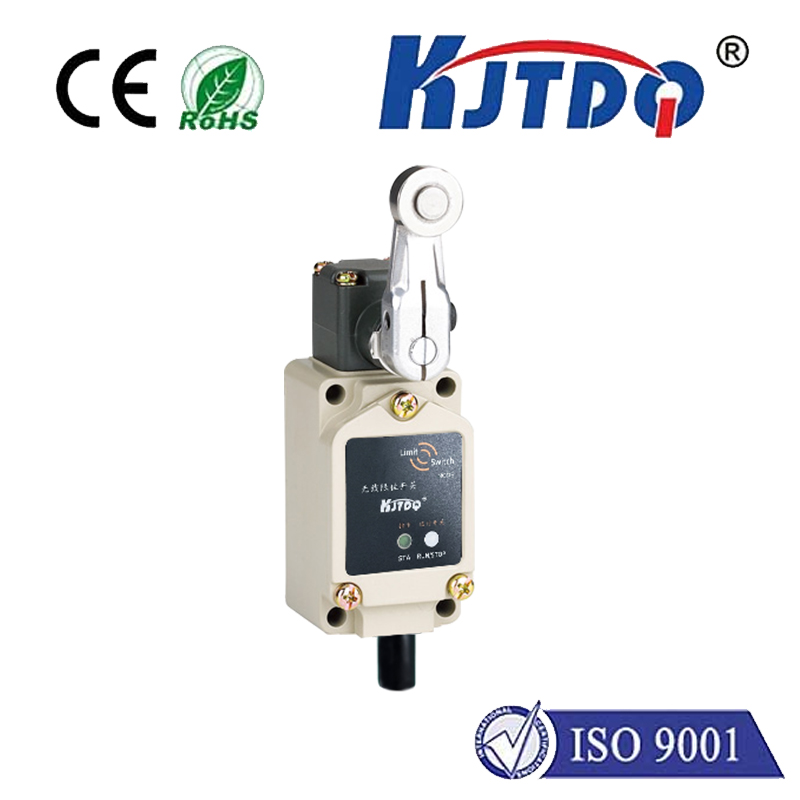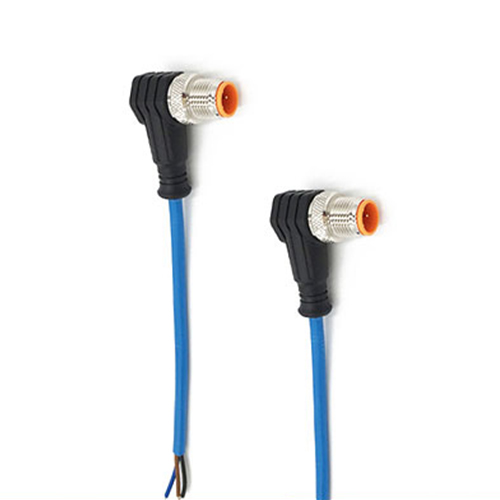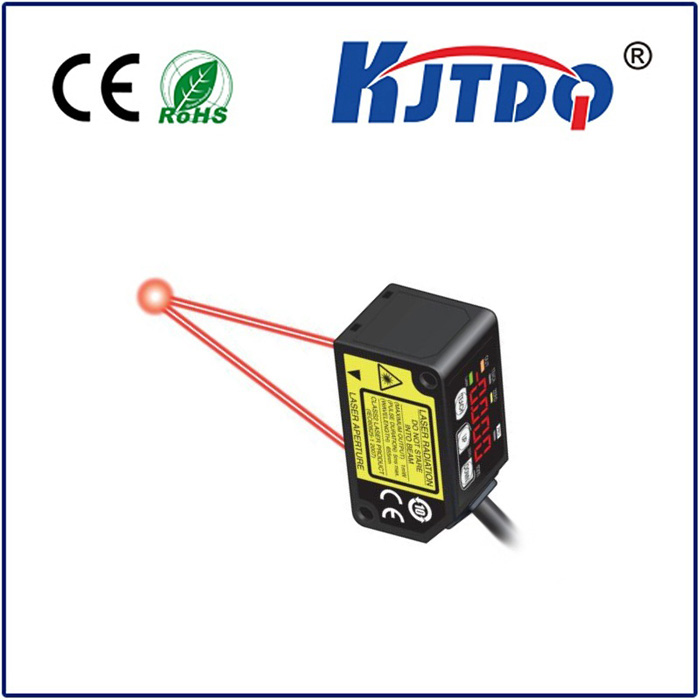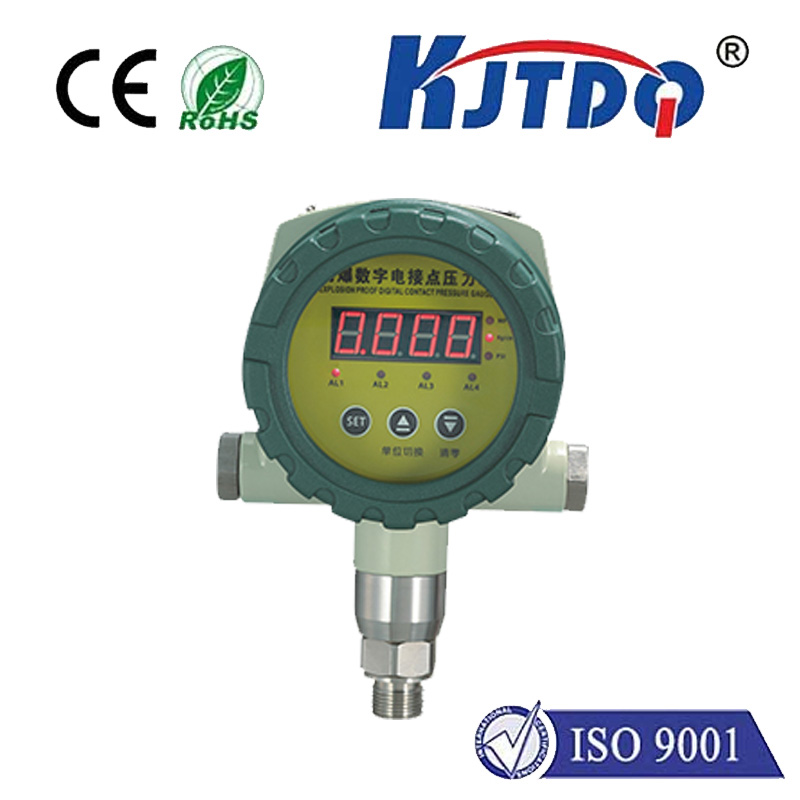E3FA-RN21 24v photoelectric sensor
- time:2025-09-28 05:54:24
- Нажмите:0
E3FA-RN21 24V Photoelectric Sensor: Mastering Reliable Detection in Diverse Environments
The constant challenge: Ensuring precise, consistent object detection is fundamental across countless automated processes. Yet, factors like varied object surfaces, ambient light interference, demanding environments, and power constraints constantly threaten reliability. This is where the Omron E3FA-RN21 24V Photoelectric Sensor steps in, offering a robust and versatile solution designed to overcome these hurdles. Understanding its capabilities and optimal application empowers engineers and technicians to build more resilient and efficient automation systems.
Demystifying the Diffuse-Reflective Principle
The “RN” suffix in E3FA-RN21 is crucial – it signifies a Diffuse-Reflective sensing mode. Unlike through-beam sensors requiring separate emitter and receiver units, or retro-reflective sensors relying on a reflector, the diffuse-reflective type houses both emitter and receiver in a single housing. It operates by:
- Emitting: The integrated LED sends out a beam of light (infrared or visible red are common for the RN21).
- Reflecting: When an object enters the sensing range, light diffusely reflects off its surface.
- Receiving: The sensor’s internal receiver detects this reflected light intensity.
- Triggering: Once the reflected light surpasses a predefined threshold (set via sensitivity adjustment, often via potentiometer), the sensor’s output switches state.
The E3FA-RN21 24V: Core Strengths & Specifications

Optimized for industrial reliability, the E3FA-RN21 brings several key advantages to the table:
- Robust 24V DC Operation: Operating on a standard 24V DC supply voltage makes it directly compatible with the vast majority of industrial control systems (PLCs, relays), simplifying wiring and integration. This voltage level offers noise immunity superior to lower voltages like 12V.
- Solid-State Reliability: Leveraging solid-state electronics and LED technology, it boasts an exceptionally long operational life compared to mechanical alternatives like limit switches. This translates to reduced downtime and maintenance costs.
- Simplified Installation: The single-unit design significantly simplifies mounting logistics compared to through-beam setups. There’s no need to align separate components across distances or install and maintain reflectors.
- Versatile Sensing Targets: It excels at detecting a wide variety of non-shiny, diffusely reflecting objects. Think cardboard boxes, plastic parts, wood pallets, bags, opaque bottles, or machined metal components with non-polished finishes. It’s less ideal for highly transparent materials like clear glass or liquids, or very shiny objects that cause specular reflection away from the receiver.
- Compact Form Factor: Designed to fit into tight spaces without sacrificing performance. This compactness offers flexibility in machine design and retrofit applications.
- Environmental Resilience: Engineered to withstand typical industrial environments, offering resistance to dust, minor splashes (specific IP ratings vary by exact model variant), and vibration. Always verify the specific IP rating (e.g., IP67) for your application requirements.
- Adjustable Sensitivity: Most models feature a potentiometer allowing fine-tuning of the sensing range. This is critical for adapting to different object colors, sizes, surface finishes, or overcoming minor background interference.
- Output Options: Commonly available with NPN or PNP transistor outputs (sourcing or sinking), and often Light/Dark ON modes selectable (e.g., object present = ON vs. object present = OFF), providing flexibility to interface with various control logic.
Where the E3FA-RN21 24V Truly Shines: Practical Applications
Its combination of features makes the E3FA-RN21 indispensable in numerous settings:
- Conveyor Systems: Detecting the presence/absence of boxes, totes, products, or cartons on conveyor belts; triggering sorting mechanisms or counters; verifying package fill levels.
- Packaging Machinery: Ensuring correct positioning of bottles, cans, or packages before filling, capping, or labeling; verifying flap closure on boxes.
- Перевозка материалов: Monitoring pallet presence on racking or at pickup/drop-off points; verifying tray loading/unloading; detecting stacked items.
- Assembly Lines: Confirming component placement on fixtures or pallets before the next process step; detecting misaligned parts.
- Automated Storage and Retrieval Systems (AS/RS): Detecting pallets or totes within storage locations or on shuttles.
- Printing & Paper Processing: Sensing paper or sheet presence/absence at feed points, stacks, or cutters; jam detection.
- Machining Centers: Verifying workpiece loading on fixtures or chucks; detecting chips or coolant levels in certain contexts.
Optimizing Your E3FA-RN21 24V Installation: Best Practices
To maximize reliability and sensing range:
- Mounting Angle & Distance: Mount the sensor perpendicular to the target surface. Determine the effective sensing distance based on the object’s reflectivity and environmental conditions. Consult the datasheet for nominal sensing ranges under standard white paper conditions. Remember, dark or low-reflectivity objects significantly reduce the usable range.
- Sensitivity Adjustment (Potentiometer): Tune is Crucial. Place a representative target object within the intended sensing position. Adjust the potentiometer until the sensor reliably detects the object. Then, verify it does not trigger on potential background objects or reflections beyond the target zone. Finding the “sweet spot” ensures reliable detection without false triggers.
- Minimize Background Interference: Avoid highly reflective surfaces in the background right behind the target path. If unavoidable, employ measures like painting the background matte black, using baffles, or selecting a Light ON / Dark ON mode that triggers specifically when the target breaks a stable background reflection.
- Environmental Considerations: Ensure ambient light sources (sunlight, strong spotlights) do not directly flood the sensor’s lens. Protect the lens from excessive dust, oil splatter, or physical damage using accessories like fiber optic extensions or protective tubes if the environment is particularly harsh.
- Electrical Connection: Follow the wiring diagram meticulously (available in the datasheet). Connect the 24V DC supply correctly to the specified terminals (typically brown/blue). Connect the load (PLC input, relay coil) correctly to the output wire (typically black or white) and the common wire (blue). Ensure proper grounding.
- Stability Indicator: Utilize the stability indicator LED (if equipped). Its behaviour (e.g., blinking during startup, solid when detecting, flickering on unstable reception) provides invaluable visual feedback for commissioning and troubleshooting.
Beyond the Basics: Choosing Correctly
While the E3FA-RN21 24V is exceptionally versatile, selecting the right sensor type is paramount. If detecting transparent objects, liquids, or requiring very long ranges is essential, a Through-Beam sensor might be preferable. For shiny objects at longer distances than diffuse sensors allow, a Polarized Retro-Reflective type could be the answer. For small object detection or tight spaces, Fiber Optic Sensors paired with an amplifier are often ideal.
The Ultimate Goal: Uninterrupted Operation
The Omron E3FA-RN21 24V Photoelectric Sensor represents a cornerstone of industrial automation. Its robust 24V DC operation, ease of installation as a single-unit diffuse-reflective sensor, and proven reliability make it a go-to choice for countless detection tasks involving diffusely reflective targets. By understanding its principles, strengths, and proper installation techniques, you can leverage this versatile Фотоэлектрический датчик to significantly enhance the precision, efficiency, and reliability of your automated systems, reducing downtime and ensuring smooth operation.

